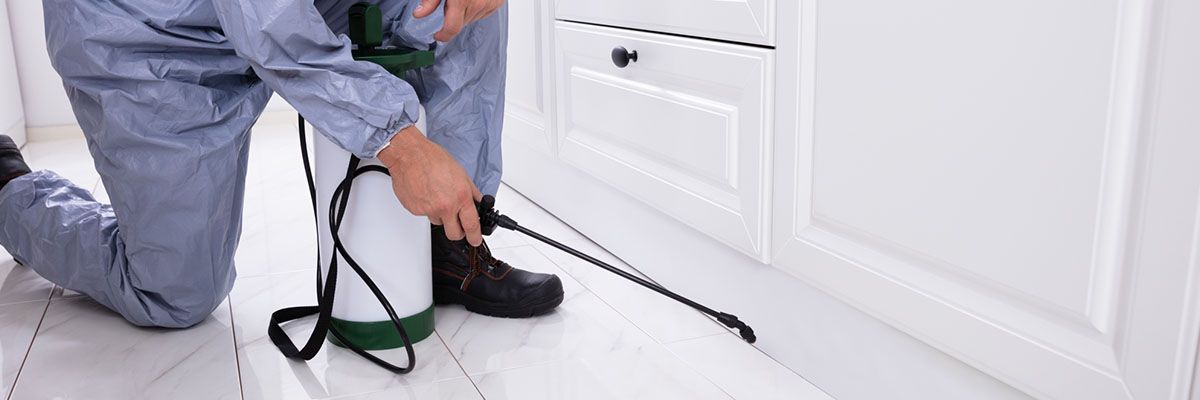Are you struggling to get customers through your pest control website? You're not alone. Many pest control businesses find it challenging to convert website visitors into paying customers.
If you're ready to take your pest control marketing to the next level, you've come to the right place. In this comprehensive guide, we'll walk you through the process of optimizing your website to increase conversions and grow your business.

